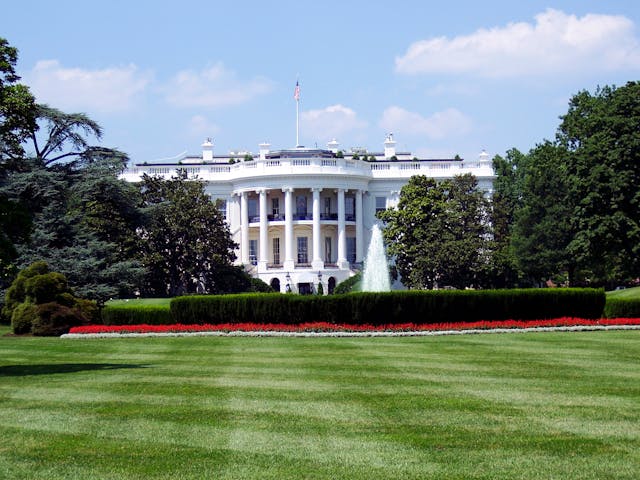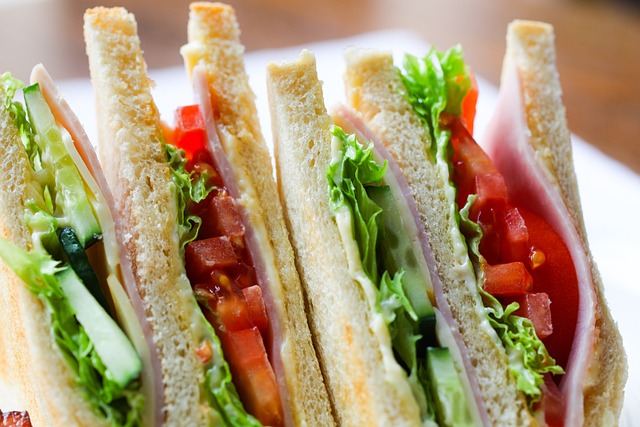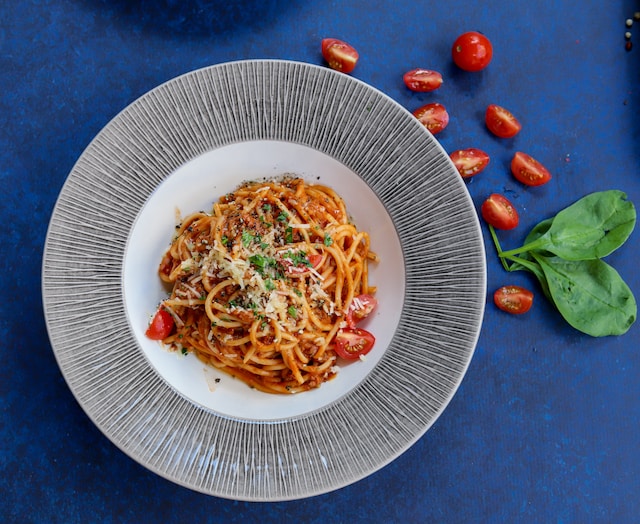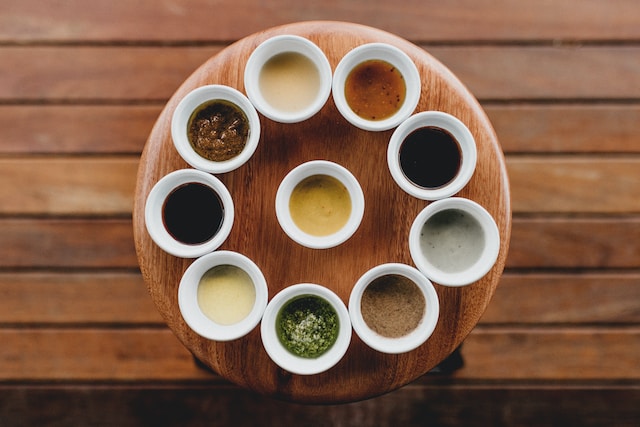Introduction: Washington, D.C.’s Dynamic Food Scene
Washington, D.C. is more than the political heartbeat of the United States; it is a vibrant, evolving food capital shaped by an eclectic mix of cultures, global influences, and local innovation. As residents and visitors traverse the city’s historic avenues, they encounter a culinary scene that mirrors D.C.’s diversity, ambition, and spirit of reinvention. Over the past two decades, D.C. has transformed from a city known mostly for steakhouses and power lunches into one of America’s most exciting food destinations, boasting everything from Michelin-starred restaurants to global street food markets.
Highlight of D.C.’s Culinary Identity
D.C.’s culinary landscape reflects its role as an international city. Home to diplomats, immigrants, and transplants from across the world, D.C. offers a broad tapestry of flavors and traditions. Ethiopian cuisine thrives in neighborhoods like Shaw and Adams Morgan, with injera and spicy stews served in family-run restaurants. Salvadoran pupuserias are common in Columbia Heights, while Vietnamese pho shops and Korean BBQ joints punctuate various neighborhoods across the District.
Certain foods have become synonymous with D.C.’s identity. The half-smoke, a coarsely ground sausage served at iconic spots like Ben’s Chili Bowl, remains a must-try for visitors. Mumbo sauce, a tangy-sweet condiment, embodies local flavor pride, especially on fried chicken wings. The nearby Chesapeake Bay influences seafood offerings, with blue crabs and oysters frequently appearing on menus.
Neighborhoods like U Street host vibrant soul food traditions and hip new eateries. Georgetown blends historical charm with upscale bakeries and waterfront dining. H Street Corridor is a hotspot for emerging chefs and creative pop-ups, while Union Market serves as a modern artisan food hub brimming with innovation.
Food-Related Corporations and Organizations in D.C.
While many food enthusiasts focus on restaurants and markets, several corporations and organizations based in Washington, D.C. have shaped the region’s culinary ecosystem.
CAVA Group, founded in D.C., has revolutionized Mediterranean fast-casual dining. With its emphasis on health-conscious bowls, customizable options, and flavorful ingredients, CAVA expanded from a single restaurant into a national brand. Their innovation set a template for many fast-casual concepts that followed.
Sweetgreen, though now headquartered in Los Angeles, began in D.C. Its founders, three Georgetown University students, were inspired to create a healthier, more sustainable approach to fast food. Sweetgreen’s early success influenced a wave of farm-to-table and local sourcing trends across the District.
ThinkFoodGroup, led by renowned chef José Andrés, operates a portfolio of restaurants in D.C., including Jaleo and Oyamel. Beyond culinary innovation, Andrés’ commitment to social causes through food has had a profound impact. His humanitarian organization, World Central Kitchen, headquartered in D.C., provides disaster relief meals globally and underscores how food can drive social change.
The Restaurant Association Metropolitan Washington (RAMW) plays a vital role in advocating for the region’s restaurants and food businesses. They support workforce development, organize events like the annual RAMMY Awards, and represent restaurant interests at policy-making levels.
Food Tourism in the District
Washington, D.C. offers a feast for the senses for visiting food lovers.
Eastern Market in Capitol Hill is a historic destination where locals and tourists alike browse produce stands, artisanal goods, and food vendors offering fresh-prepared meals. Union Market in Northeast D.C. showcases a modern food hall concept, featuring everything from Korean tacos to gourmet cheese shops.
The Wharf, located along the Potomac River, is a dining and entertainment district offering everything from luxury seafood restaurants to casual oyster bars. Georgetown’s cupcake culture, made famous by bakeries like Georgetown Cupcake, continues to draw food tourists, as does the area’s array of classic eateries.
D.C. Food Tours highlight the city’s diversity, offering themed walks through neighborhoods to experience Salvadoran, Ethiopian, Vietnamese, and American cuisines. Popular food events like the National Cherry Blossom Festival feature numerous food trucks and special seasonal menus, while the Capital Food Fight fundraiser showcases top chefs competing live for a charitable cause. The H Street Festival combines food, music, and arts, offering visitors a snapshot of D.C.’s creative culinary spirit.
Emerging Trends in D.C.’s Food Industry
Several important trends are shaping the future of food in D.C.
Plant-based innovation is flourishing. Vegan and vegetarian restaurants like Fare Well and Elizabeth’s Gone Raw are gaining devoted followings, and even traditional establishments are adding creative plant-based options to their menus.
Food tech is also growing. Delivery platforms like Uber Eats and DoorDash have expanded rapidly, but local apps and ghost kitchens are gaining ground, providing new ways for chefs to serve customers without brick-and-mortar establishments.
Sustainability remains a major focus. Restaurants are increasingly sourcing ingredients locally, minimizing food waste, and participating in composting programs. Initiatives like DC Greens promote urban agriculture, community-supported agriculture (CSA) programs, and education around food equity.
Community-driven approaches, such as pop-up restaurants, food cooperatives, and mobile kitchens, are bringing innovative concepts to residents while supporting diversity among food entrepreneurs.
Practical Tips for Food Enthusiasts
For those planning a culinary adventure in D.C., timing and planning are key.
The best seasons for food experiences are spring and fall. Spring’s Cherry Blossom Festival brings special menus and outdoor food events, while fall offers harvest festivals and farm-to-table celebrations.
Reservations are highly recommended for popular restaurants, especially Michelin-starred venues like Pineapple and Pearls, Minibar by José Andrés, and Kinship.
Support local businesses by exploring farmers’ markets such as Dupont Circle Farmers Market and participating in CSA programs offering weekly produce boxes from local farms.
Don’t overlook hidden gems. Venture beyond downtown into neighborhoods like Petworth for authentic West African cuisine, Columbia Heights for pupusas and global fare, and Navy Yard for riverside dining experiences that combine food with stunning waterfront views.
Challenges and Opportunities in D.C.’s Food Scene
Despite its success, D.C.’s food scene faces challenges.
High operational costs — particularly related to real estate and labor — pose difficulties for restaurant owners. The COVID-19 pandemic revealed vulnerabilities in the industry, and recovery is still ongoing. Labor shortages also affect kitchen and service staff availability, leading to operational strain.
However, there are immense opportunities. Pop-up dining experiences allow chefs to innovate without the overhead of traditional restaurants. Cooperative ownership models are becoming more popular, particularly among women and minority entrepreneurs seeking to create sustainable business ventures.
Programs supporting entrepreneurship, like Union Kitchen’s accelerator, provide pathways for aspiring food business owners to scale products from idea to retail shelf.
Future Outlook for the D.C. Food Industry
Looking ahead, Washington, D.C.’s food industry shows every sign of continued growth and evolution.
The fast-casual sector is expected to expand further, blending quality ingredients with convenience and tech-driven service models. The District’s diverse demographics will drive even greater culinary experimentation, with an increase in regional African, Middle Eastern, and Southeast Asian cuisines.
Hybrid models combining online ordering, delivery, and in-person dining experiences will become the norm. Restaurants will invest more in loyalty apps, subscription dining programs, and integrated digital experiences to enhance customer engagement.
Finally, D.C.’s position at the intersection of politics and activism means that its food industry will likely continue leading discussions on sustainability, labor rights, food equity, and culinary innovation at the national level.



